Home>Garden Essentials>How Long Does It Take Seeds To Grow
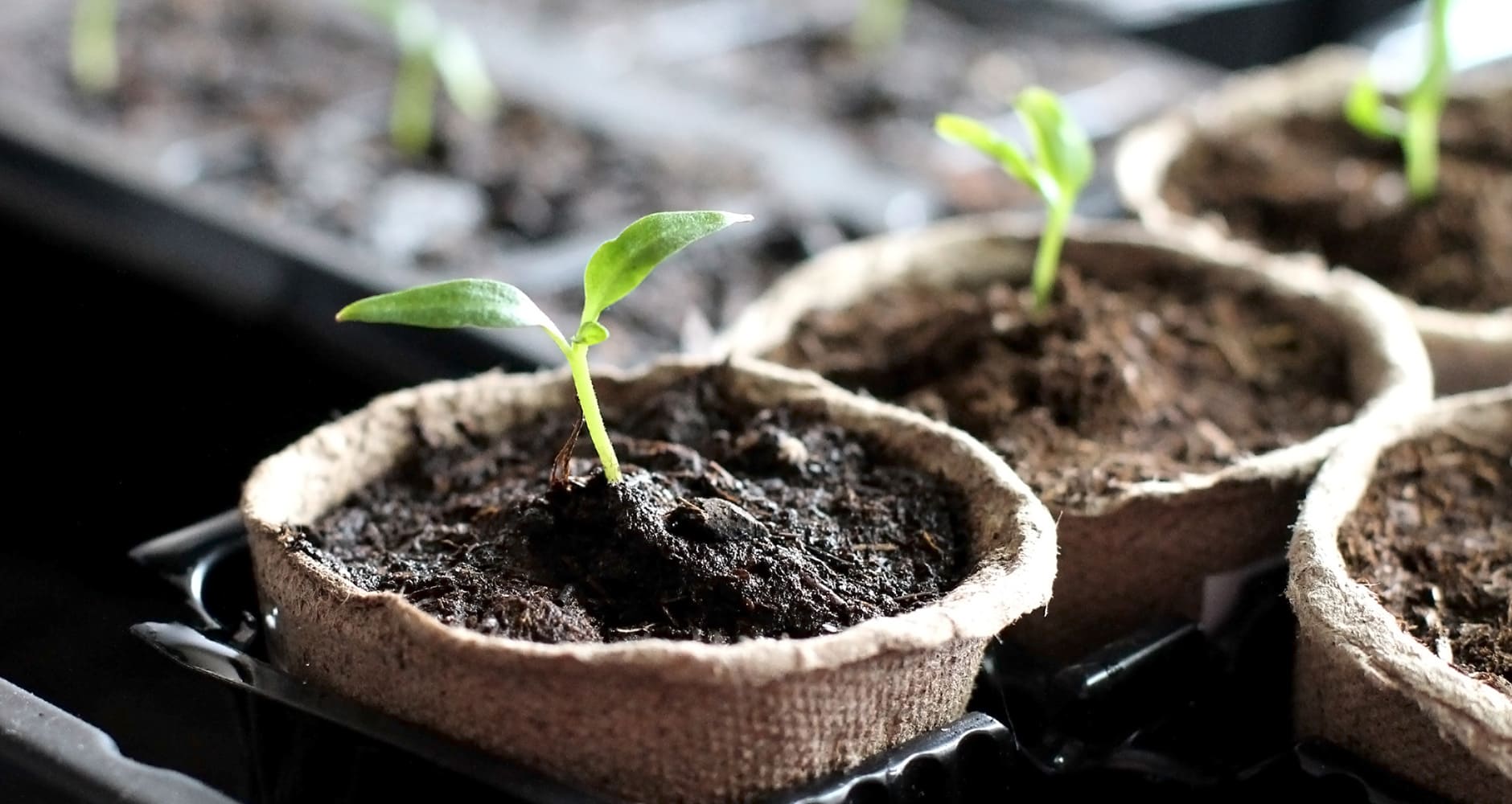

Garden Essentials
How Long Does It Take Seeds To Grow
Modified: April 22, 2024
Discover how long it takes for garden seeds to grow and maximize your gardening efforts. Find out the optimal timing for successful seed germination and growth.
(Many of the links in this article redirect to a specific reviewed product. Your purchase of these products through affiliate links helps to generate commission for Storables.com, at no extra cost. Learn more)
Introduction
Welcome to the fascinating world of seed germination! Have you ever wondered how those tiny little seeds miraculously transform into beautiful plants? The process of seed germination is truly a marvel of nature, and understanding it can greatly enrich your gardening experience.
Seed germination is the process by which a seed develops into a new plant. It is a crucial stage in the life cycle of plants, as it determines the success of their growth and reproduction. The duration of germination can vary depending on several factors, including the type of seed, environmental conditions, and proper care.
In this article, we will explore the factors that affect seed germination, delve into the germination times for common seeds, and provide some tips to accelerate the germination process. We will also touch upon the factors that influence seedling growth and offer advice for promoting healthy seedling development.
So, if you’re ready to embark on a journey through the enchanting world of seeds and watch them come to life, let’s dive in!
Key Takeaways:
- Seeds can take 4-21 days to sprout, depending on the plant. Factors like water, temperature, and light affect germination. Try pre-soaking, scarification, and warmth to speed up the process.
- After sprouting, seedlings need proper light, temperature, watering, and soil. Gradually introduce outdoor conditions and use organic pest control. Handle seedlings with care and provide support for healthy growth.
Factors Affecting Seed Germination
Seed germination is a complex process that is influenced by various factors. Understanding these factors can greatly improve your success rate in germinating seeds. Let’s take a closer look at the key factors that play a significant role in seed germination:
- Water: Adequate moisture is essential for seed germination. Seeds absorb water, which activates enzymes and initiates metabolic processes necessary for germination. Lack of water can inhibit germination, while excess water can lead to rotting or mold formation.
- Temperature: Different seeds have specific temperature requirements for germination. Some seeds prefer cooler temperatures, while others require warmth. Monitoring and maintaining the optimal temperature range for each seed variety can greatly enhance germination rates.
- Light: Light requirements for seed germination vary among plant species. Some seeds require exposure to light to trigger germination, while others need darkness. Understanding the light preferences of your seeds will help you provide the appropriate conditions for germination.
- Oxygen: Like all living organisms, seeds need oxygen to survive and germinate. Proper soil aeration and well-drained soil are crucial to ensure adequate oxygen supply to the seeds.
- Seed Quality: The quality of the seed itself plays a vital role in germination. Choosing high-quality seeds that are viable and free from diseases or defects will significantly improve your germination success.
- Seed Dormancy: Some seeds have built-in dormancy mechanisms that prevent immediate germination. This dormancy can be broken through scarification (physical damage to the seed coat), stratification (exposing seeds to cold temperatures), or other methods specific to the seed type.
By taking these factors into consideration and providing the optimal conditions for germination, you can greatly increase the chances of successful seed germination. In the next section, we will explore the average germination times for common seeds that you may encounter in your gardening journey.
Germination Time for Common Seeds
The germination time for seeds can vary greatly depending on the specific plant species and the environmental conditions provided. It’s important to have a general understanding of the average germination times for common seeds to plan your gardening activities effectively. Here are some estimations for the germination times of popular seeds:
- Lettuce: Lettuce seeds typically germinate within 7 to 14 days. They prefer cooler temperatures, and maintaining a consistent soil moisture level will help facilitate faster germination.
- Tomatoes: Tomato seeds usually take around 7 to 14 days to germinate. Warm soil temperatures around 70-80°F (21-27°C) and consistent moisture are essential for successful germination.
- Carrots: Carrot seeds can take anywhere from 14 to 21 days to germinate. They require consistent moisture and cooler soil temperatures for optimal germination.
- Beans: Bean seeds generally germinate within 7 to 10 days. Warm soil temperatures in the range of 60-85°F (16-29°C) and well-drained soil are crucial for promoting quick germination.
- Cucumbers: Cucumber seeds typically germinate within 7 to 10 days, given the right conditions. They prefer warm temperatures around 70-90°F (21-32°C) and consistent soil moisture.
- Radishes: Radish seeds are known for their quick germination, often sprouting within 4 to 7 days. They prefer cooler temperatures and consistent soil moisture.
Keep in mind that these are general estimations, and germination times can vary depending on factors like cultivar, seed quality, and growing conditions. Monitoring the progress of your seeds and making adjustments to meet their specific needs will help ensure successful germination.
Now that we’ve explored the average germination times for common seeds, let’s move on to some tips that can help accelerate the germination process for those impatient gardeners out there!
Tips for Accelerating Seed Germination
If you’re eager to see your seeds sprout and get your garden off to a quick start, there are several tips and techniques you can employ to accelerate the seed germination process. Here are some effective strategies to try:
- Pre-soaking: Soaking certain seeds, such as beans or peas, overnight before planting can help soften their outer coating and promote faster germination.
- Scarification: Some seeds have hard outer shells that can be difficult for water to penetrate. Gently nicking or sanding the seed coat can break seed dormancy and facilitate faster germination.
- Stratification: Seeds from certain plants, like strawberries or apples, benefit from exposure to cold temperatures for a period of time to break dormancy. Place them in a sealed plastic bag in the refrigerator for a couple of weeks before planting.
- Optimal watering: Providing the right amount of water is crucial for seed germination. Ensure that the soil is consistently moist, but not waterlogged, as excess moisture can lead to rot. Consider using a misting spray or watering from below to maintain optimal soil moisture levels.
- Warmth and humidity: Most seeds thrive in warm and moist environments. Use a heating mat or place seed trays in a warm area to provide the optimal temperature required for germination. Covering the trays with a plastic dome or plastic wrap can help maintain humidity levels.
- Use of seedling heat mats: Seedling heat mats provide a controlled, warm environment for seeds, promoting faster and more uniform germination. Place the seed trays on the heat mat according to the instructions for best results.
- Seed starter mix: Using a high-quality seed starting mix that is well-draining and sterile can greatly improve germination rates. This type of mix provides the ideal balance of moisture retention and aeration for healthy seedling development.
Remember to monitor your seeds closely during the germination process, ensuring they have the right conditions and adjusting as needed. Every seed is unique, so it’s important to research the specific requirements of the seeds you are planting.
By implementing these tips, you can accelerate seed germination and be well on your way to a thriving garden in no time. In the next section, we will discuss the factors that influence seedling growth and how you can promote healthy development.
The time it takes for seeds to grow varies depending on the type of plant. Generally, most seeds will germinate and start to grow within 1-2 weeks, but some may take longer. It’s important to follow the specific instructions for the type of seed you are planting and provide the right conditions for growth.
Factors Influencing Seedling Growth
Once your seeds have successfully germinated and sprouted into seedlings, it’s important to understand the factors that influence their growth. Providing optimal conditions for seedling development will help them establish strong roots and grow into healthy, robust plants. Here are some key factors that can impact seedling growth:
- Light: Adequate light is essential for healthy seedling growth. Insufficient light can lead to weak, leggy seedlings. Place seedlings in a location where they receive ample natural or artificial light, especially if they require a certain light intensity for optimal growth.
- Temperature: Maintaining the right temperature range is crucial for seedling growth. Most seedlings thrive in temperatures between 60-75°F (15-24°C). Variation from the optimal temperature range can slow down growth or cause stunting.
- Air humidity: Proper air humidity levels are important for seedling growth. Too much humidity can create a favorable environment for diseases, while low humidity can cause dryness and stress. Use a humidifier or mist the surrounding air to maintain appropriate humidity levels.
- Watering: Seedlings require consistent and appropriate watering. Overwatering can lead to root rot and other fungal diseases, while underwatering can cause dehydration and stunted growth. Water seedlings evenly, ensuring the soil remains moist but not waterlogged.
- Soil quality: Using nutrient-rich, well-draining soil is vital for seedling growth. The soil should provide adequate aeration, water retention, and nutrients necessary for healthy root development and overall plant growth.
- Nutrient availability: Seedlings require a balanced supply of essential nutrients for proper growth. Gradually introduce a diluted, balanced liquid fertilizer once the seedlings have developed their first true leaves to support healthy growth.
- Transplanting: If you plan to transplant your seedlings into the garden or larger pots, timing is crucial. Transplant them when they have developed a strong root system but are still young and adaptable. Handle the delicate seedlings with care to avoid damage to their roots or stems.
By providing the right conditions and proper care, you can influence seedling growth and set the stage for strong, thriving plants. Following these guidelines will help your seedlings establish a solid foundation for continued growth and productivity.
Now that we’ve discussed the factors that influence seedling growth, let’s conclude with some essential tips for promoting healthy seedling development.
Read more: How Long Does Zoysia Seed Take To Grow
Tips for Healthy Seedling Development
Ensuring the health and vigor of your seedlings is crucial for their successful transition into mature plants. By following these tips for healthy seedling development, you can nurture strong and vibrant seedlings that will thrive in your garden:
- Provide proper spacing: As seedlings grow, they need adequate space for their roots to spread and access nutrients. Transplant or thin out seedlings to maintain appropriate spacing, giving each plant enough room to grow and develop fully.
- Monitor watering: Continue to water seedlings consistently, avoiding both overwatering and underwatering. Water thoroughly but allow the soil to dry out slightly between watering sessions, as this encourages stronger root growth.
- Implement proper ventilation: Good air circulation is essential for preventing diseases and strengthening seedlings. Ensure proper ventilation in your growing area by using fans or opening windows to promote healthy growth.
- Gradually introduce outdoor conditions: If you plan to transplant your seedlings outdoors, gradually introduce them to outdoor conditions, such as sunlight and wind. This process, known as hardening off, helps acclimate the seedlings to the outdoors and reduces the risk of transplant shock.
- Use organic pest control methods: Keep a watchful eye for pests that can harm your seedlings. Implement organic pest control methods, such as handpicking or using natural insecticidal sprays, to protect your seedlings without harming the environment.
- Support with stakes or trellises: Some seedlings, like tomatoes or vine crops, may require support as they grow taller. Use stakes or trellises to provide support and prevent the plants from toppling over, ensuring healthy upright growth.
- Implement regular fertilization: As seedlings continue to grow, they will benefit from regular fertilization. Apply a balanced, organic fertilizer according to the package instructions to provide essential nutrients and promote healthy development.
- Observe proper handling techniques: When transplanting or moving seedlings, handle them with care to avoid damaging their delicate roots or stems. Hold seedlings by their leaves, not their stems, as excessive pressure on the stem can cause bending or breakage.
By following these tips, you can ensure the healthy development of your seedlings, setting them up for success as they grow into mature plants. Remember to provide the ideal growing conditions, regular care, and attention they need to flourish.
With these guidelines in mind, you’re now equipped to successfully nurture seedlings into strong, thriving plants. Happy gardening and may your seedlings grow into beautiful, productive additions to your garden!
Conclusion
Congratulations! You have journeyed through the enchanting world of seed germination and learned about the factors that influence seedling growth. Armed with this knowledge, you are well-equipped to cultivate healthy and thriving plants in your garden.
By understanding the factors affecting seed germination, such as water, temperature, light, and seed quality, you can create optimal conditions for successful germination. Remember to provide the right amount of water, temperature, and light for each specific seed variety.
You have also discovered the average germination times for common seeds, allowing you to plan your garden activities accordingly. And if you’re eager to see your plants grow faster, the tips for accelerating seed germination will come in handy.
As your seedlings grow into strong plants, consider the factors influencing seedling growth, such as light, temperature, air humidity, watering, soil quality, and nutrient availability. Implementing proper care and providing the optimal conditions will help your seedlings establish robust root systems and develop into vigorous plants.
Lastly, the tips for promoting healthy seedling development will guide you in nurturing your plants to their full potential. From proper spacing and watering to ventilation and support, these tips will contribute to the success of your garden.
Remember, gardening is an ongoing learning experience. Experiment, observe, and adapt your techniques to the unique needs of your plants. Every seed is a potential masterpiece waiting to blossom, and with your care and dedication, your garden will flourish.
So, go ahead and sow those seeds, watch them sprout, and revel in the magic of nature’s growth. Happy gardening!
Frequently Asked Questions about How Long Does It Take Seeds To Grow
Was this page helpful?
At Storables.com, we guarantee accurate and reliable information. Our content, validated by Expert Board Contributors, is crafted following stringent Editorial Policies. We're committed to providing you with well-researched, expert-backed insights for all your informational needs.
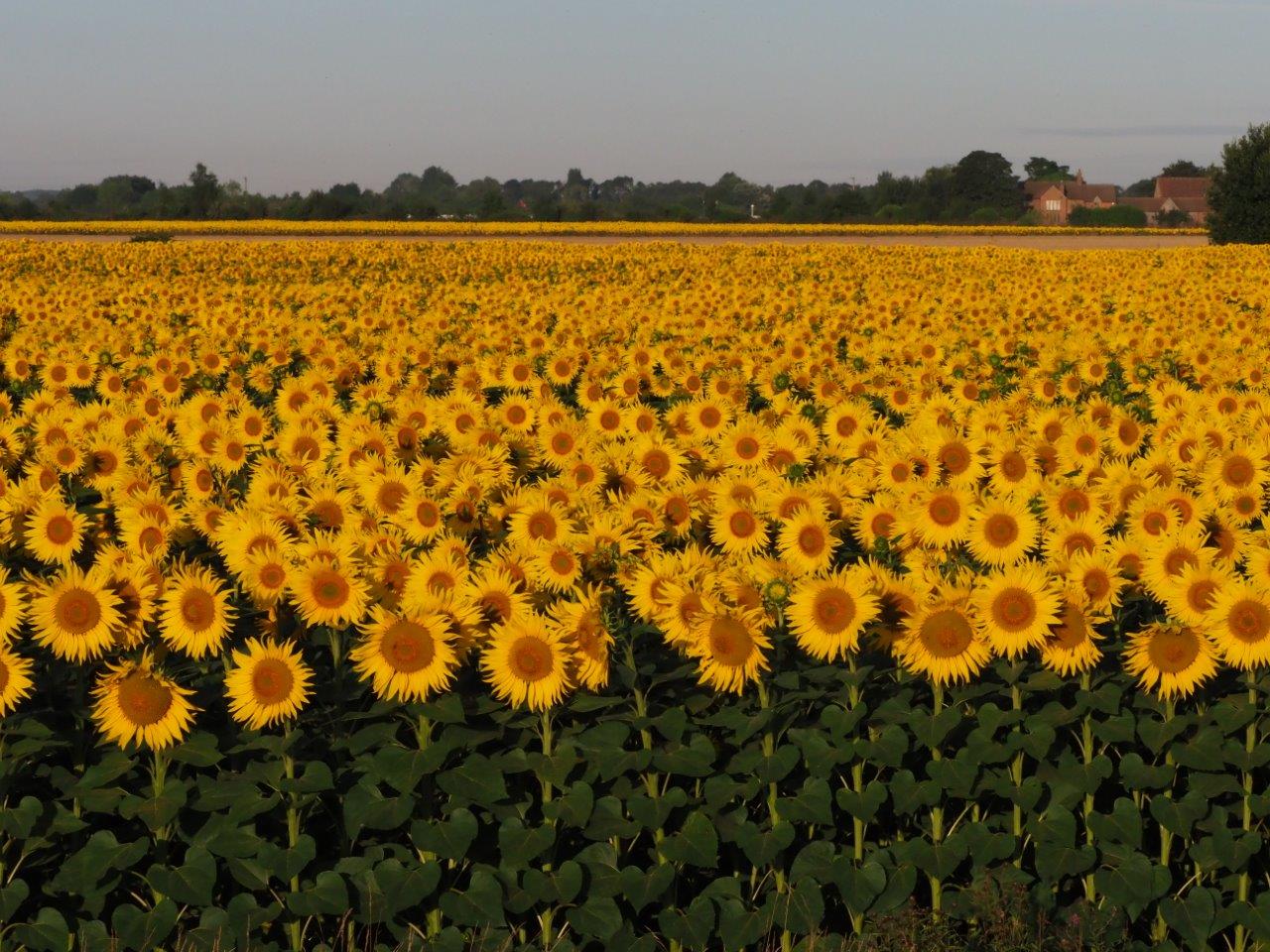
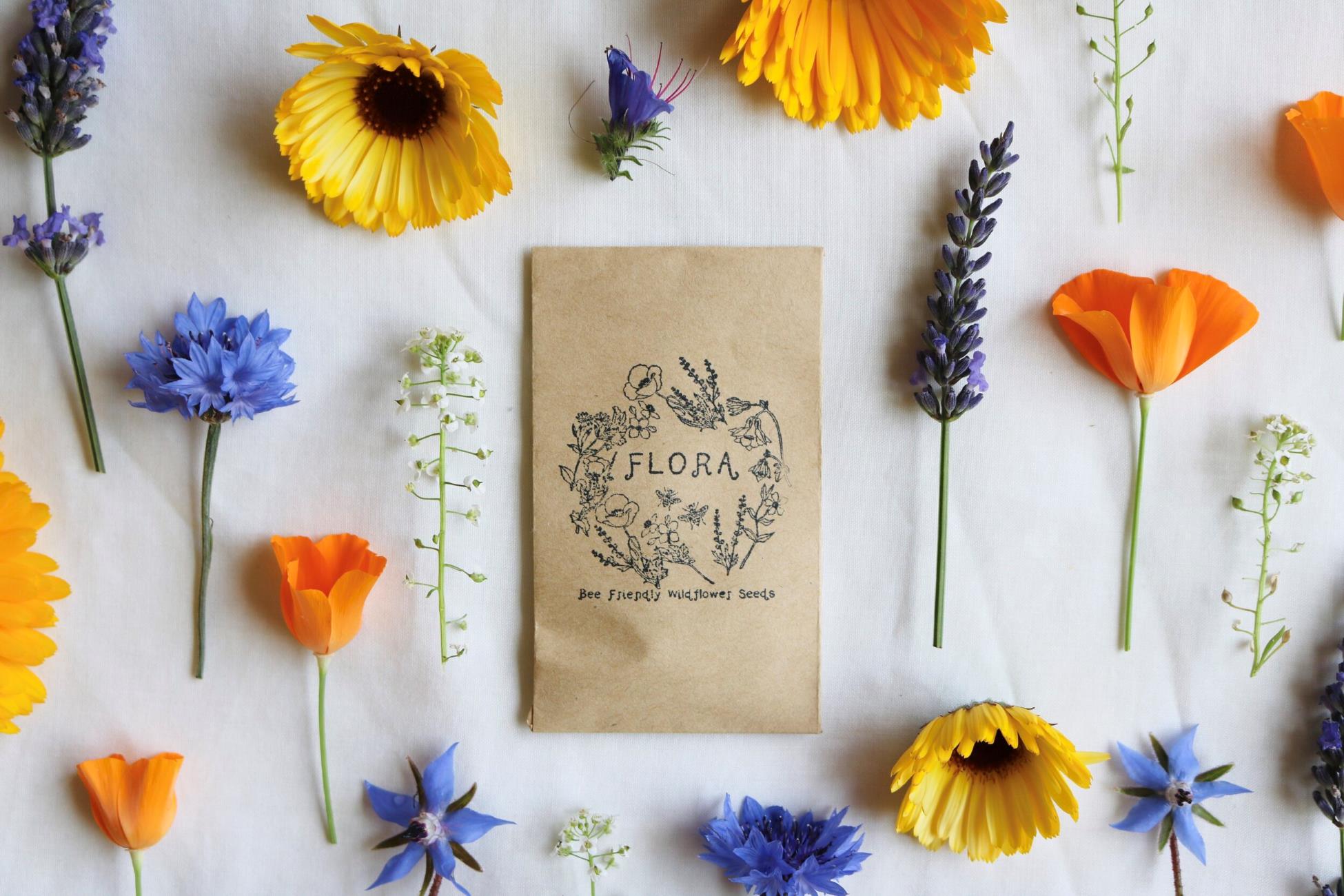
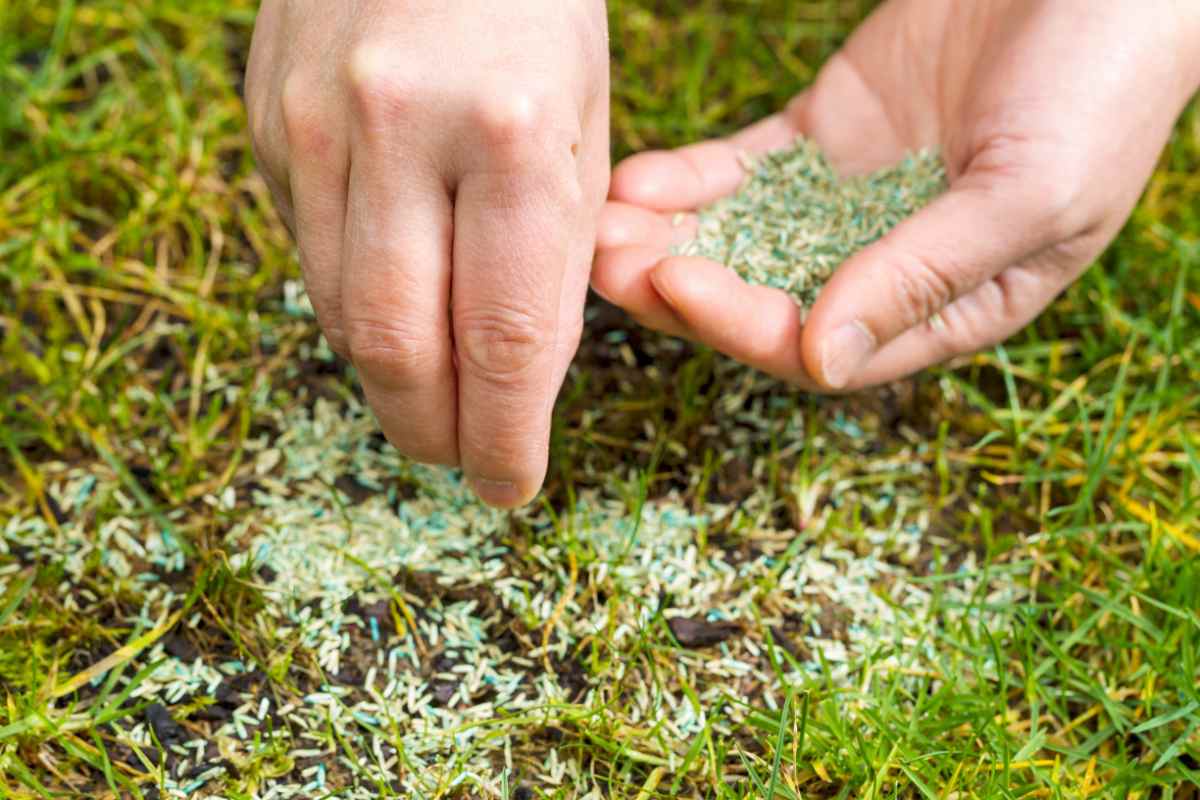
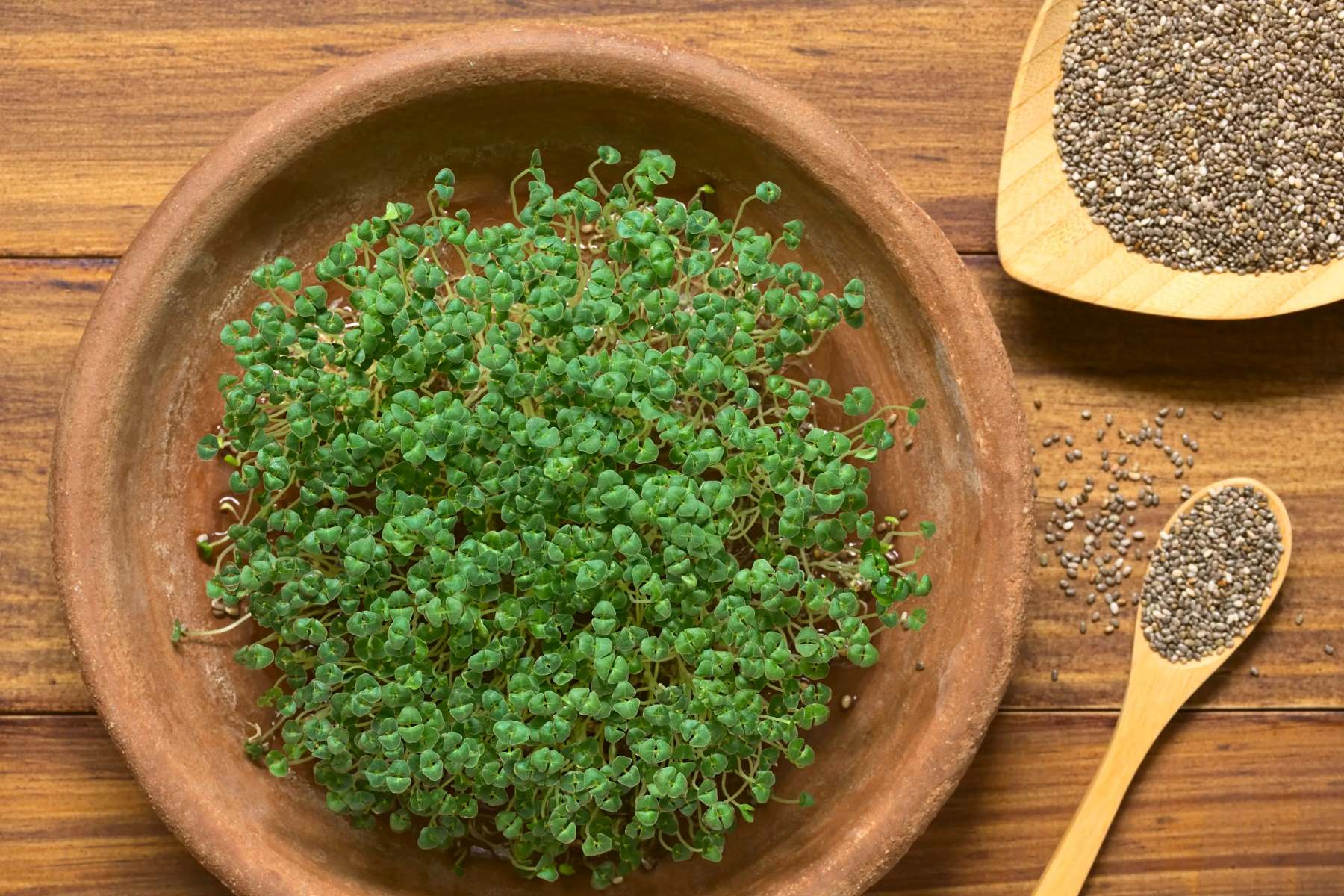
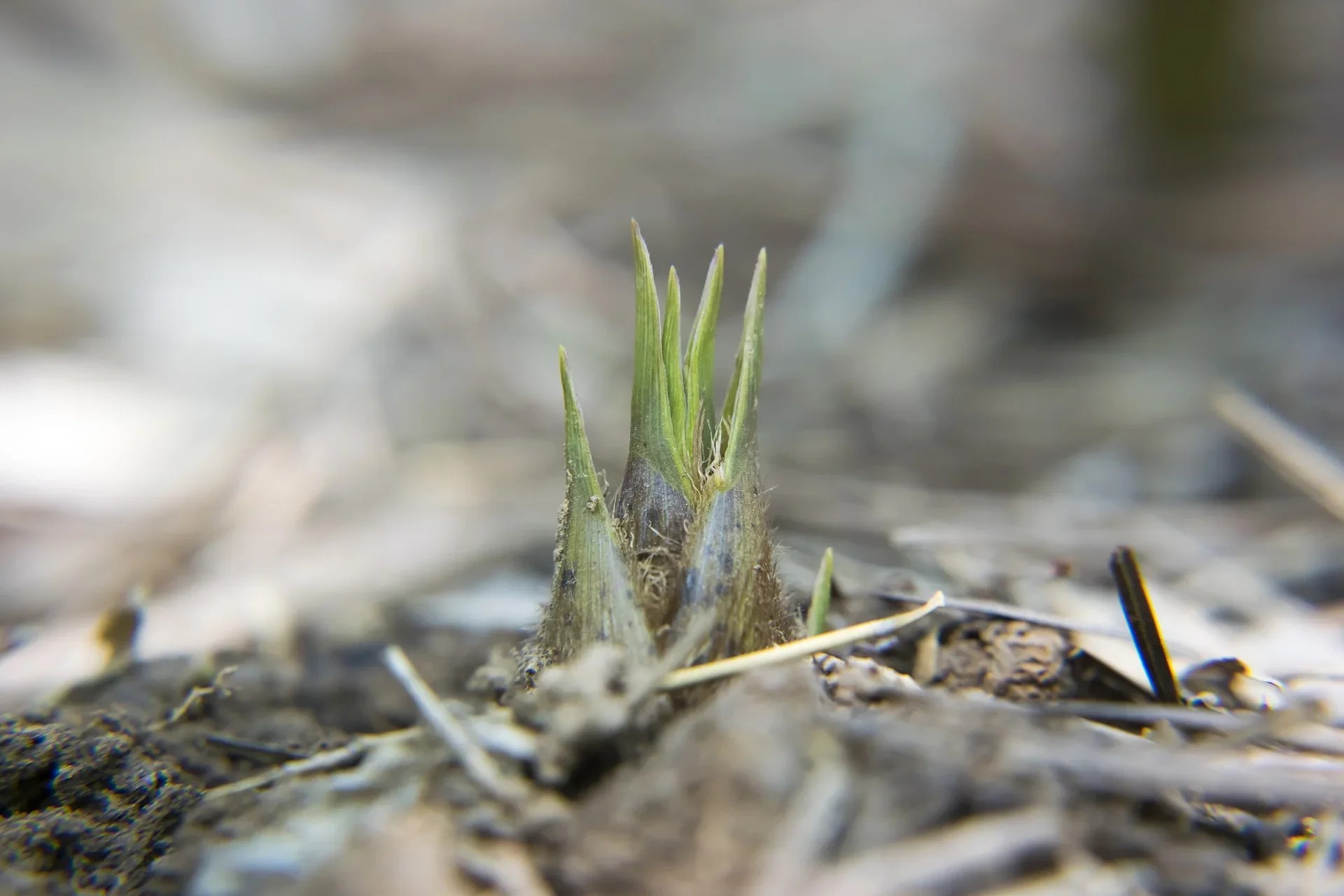
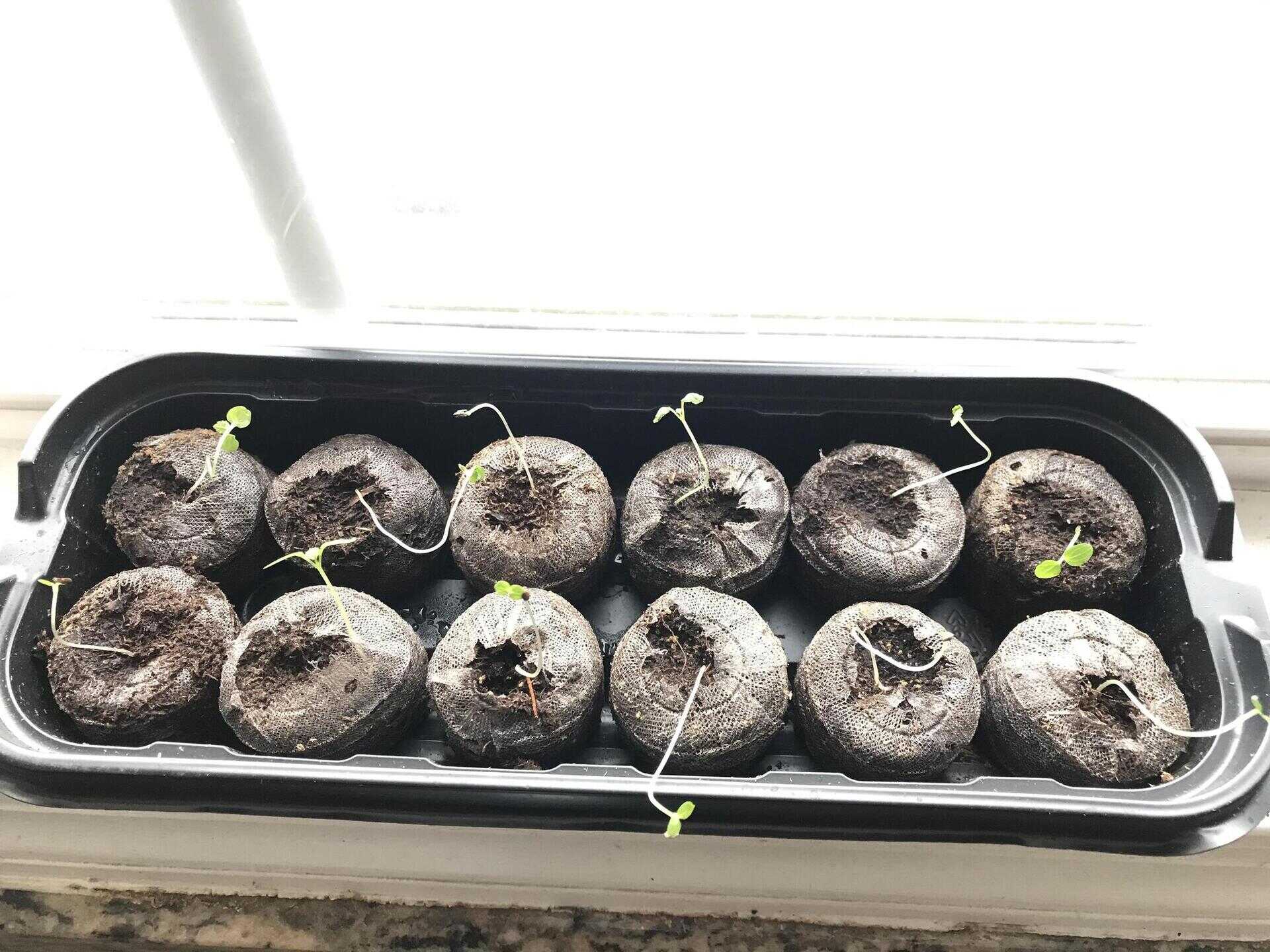
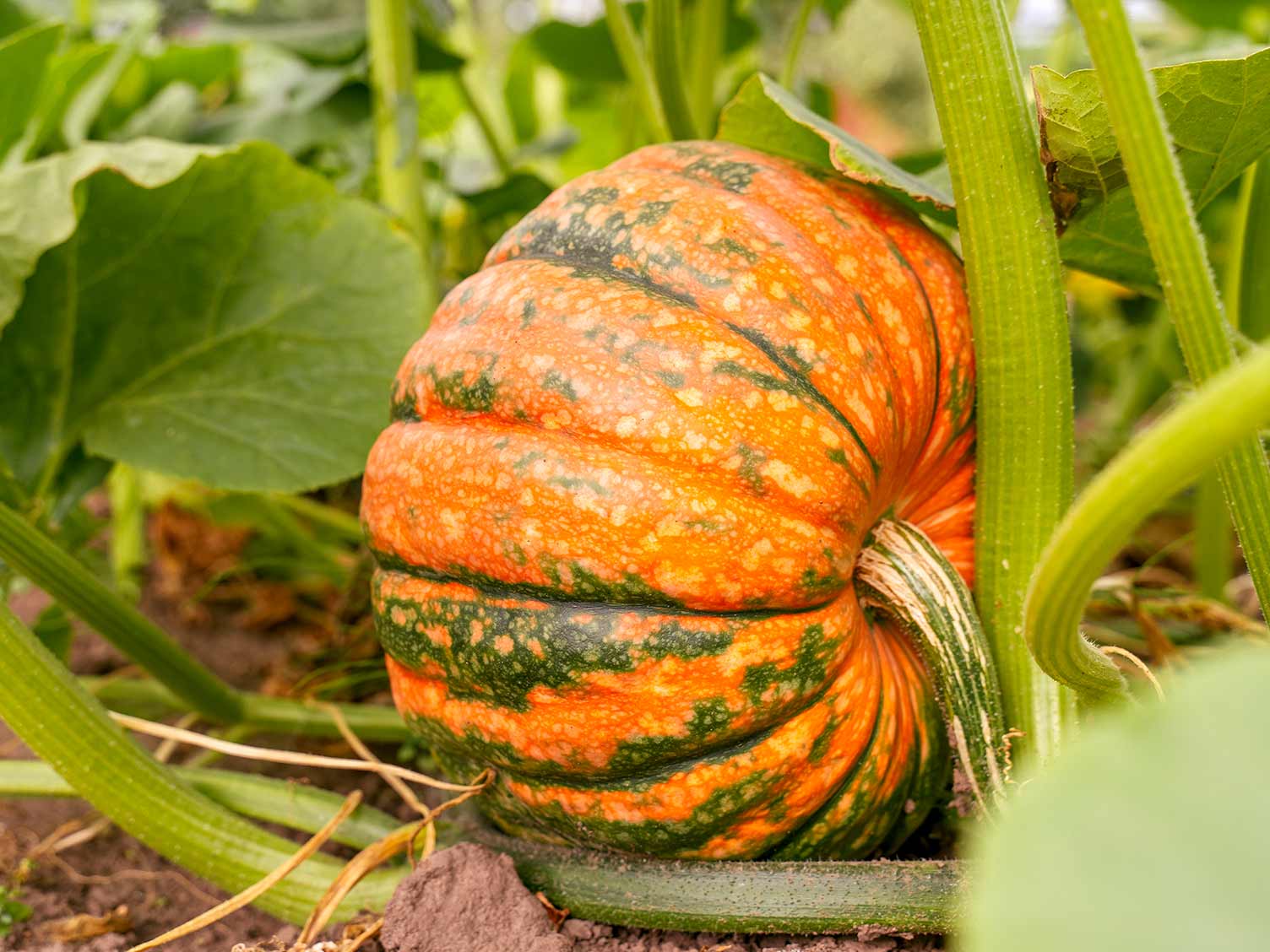
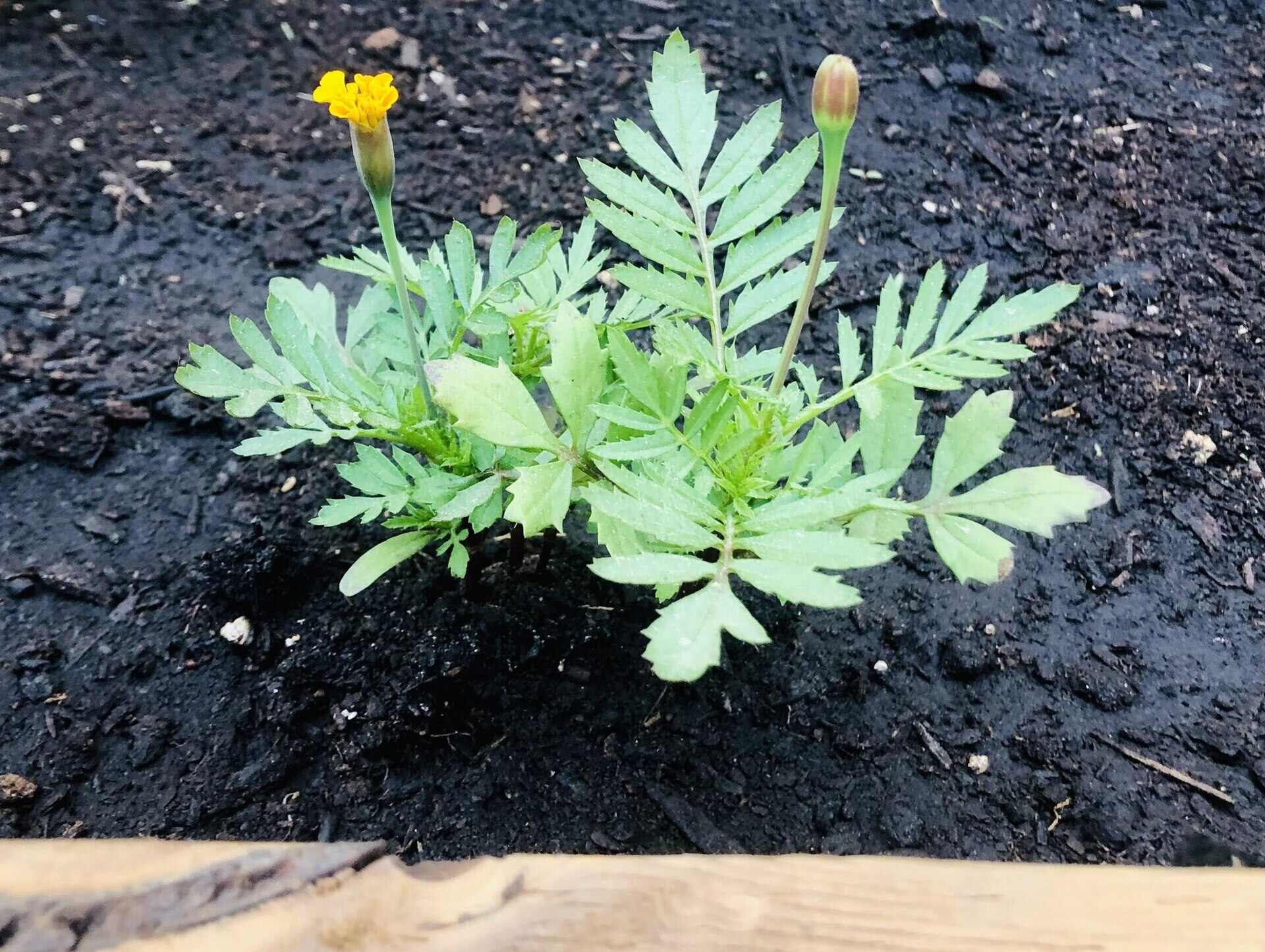
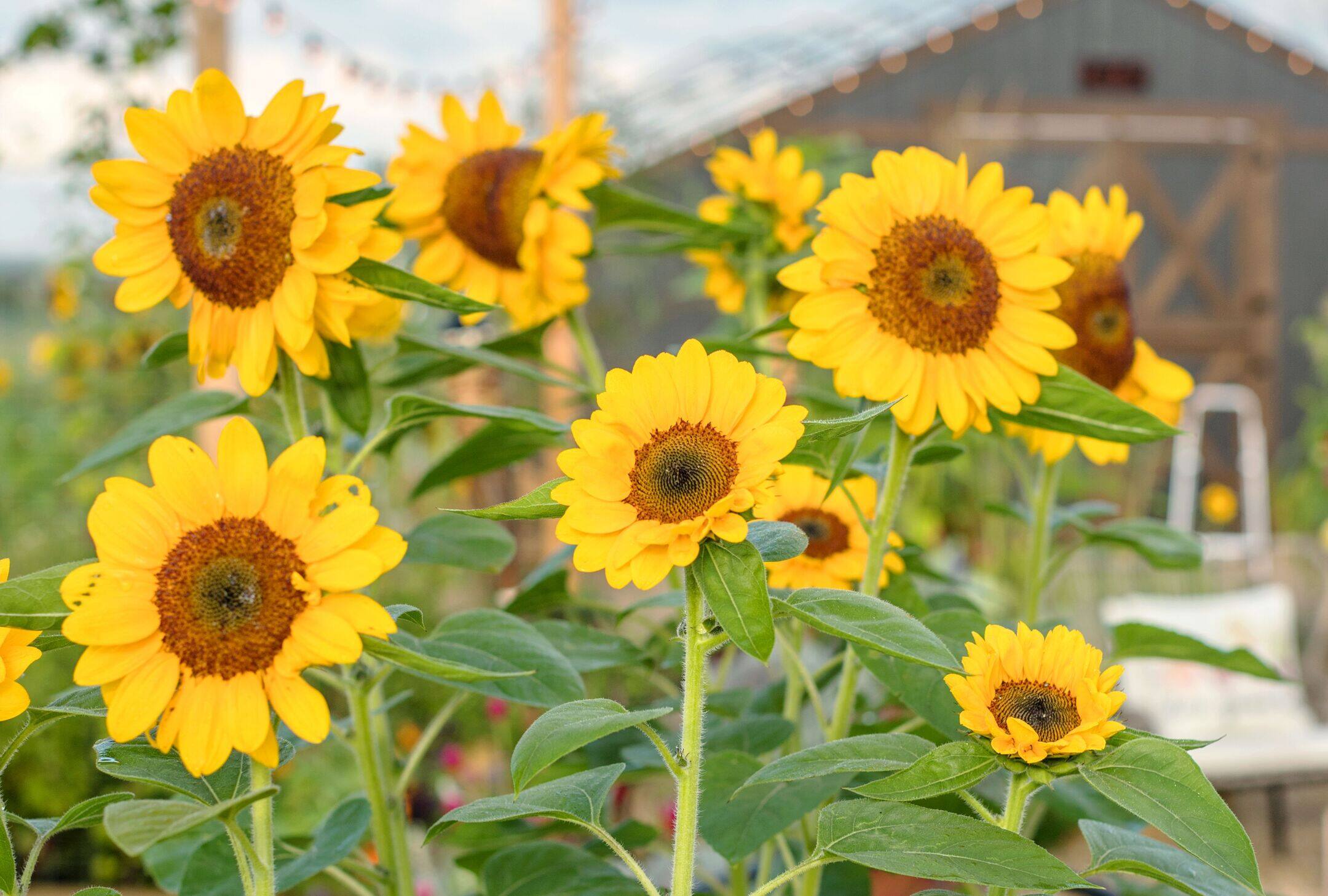
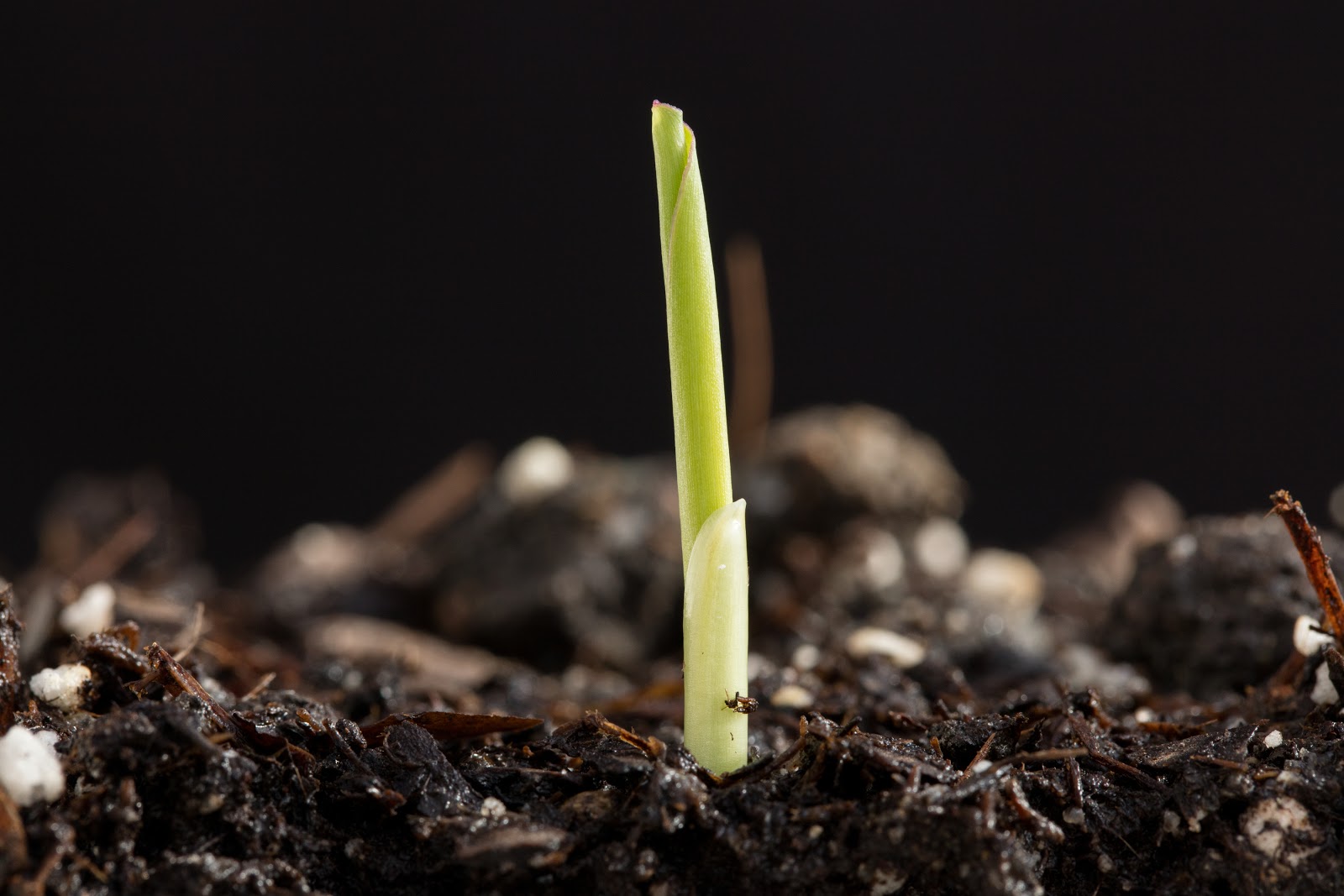
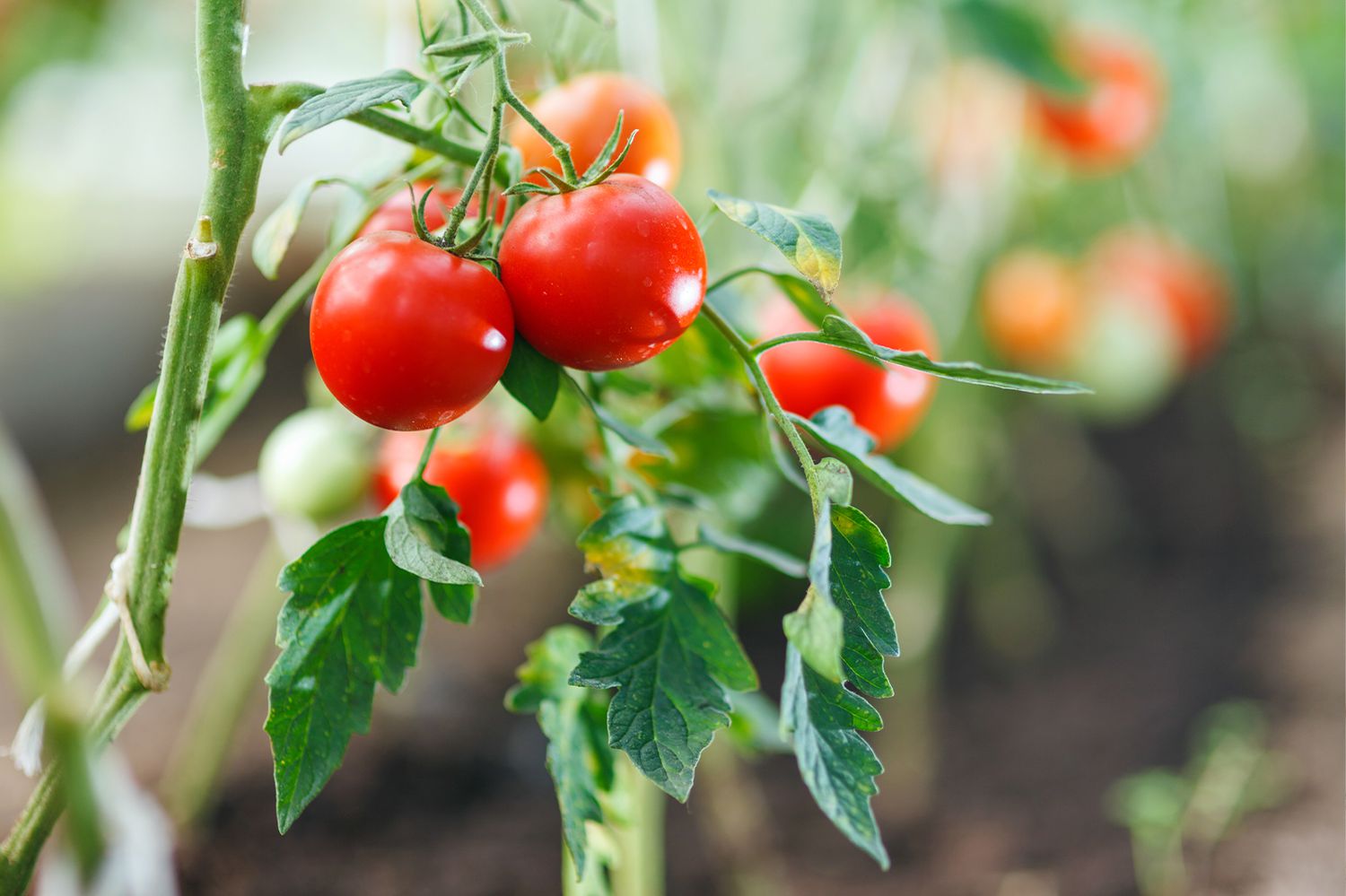
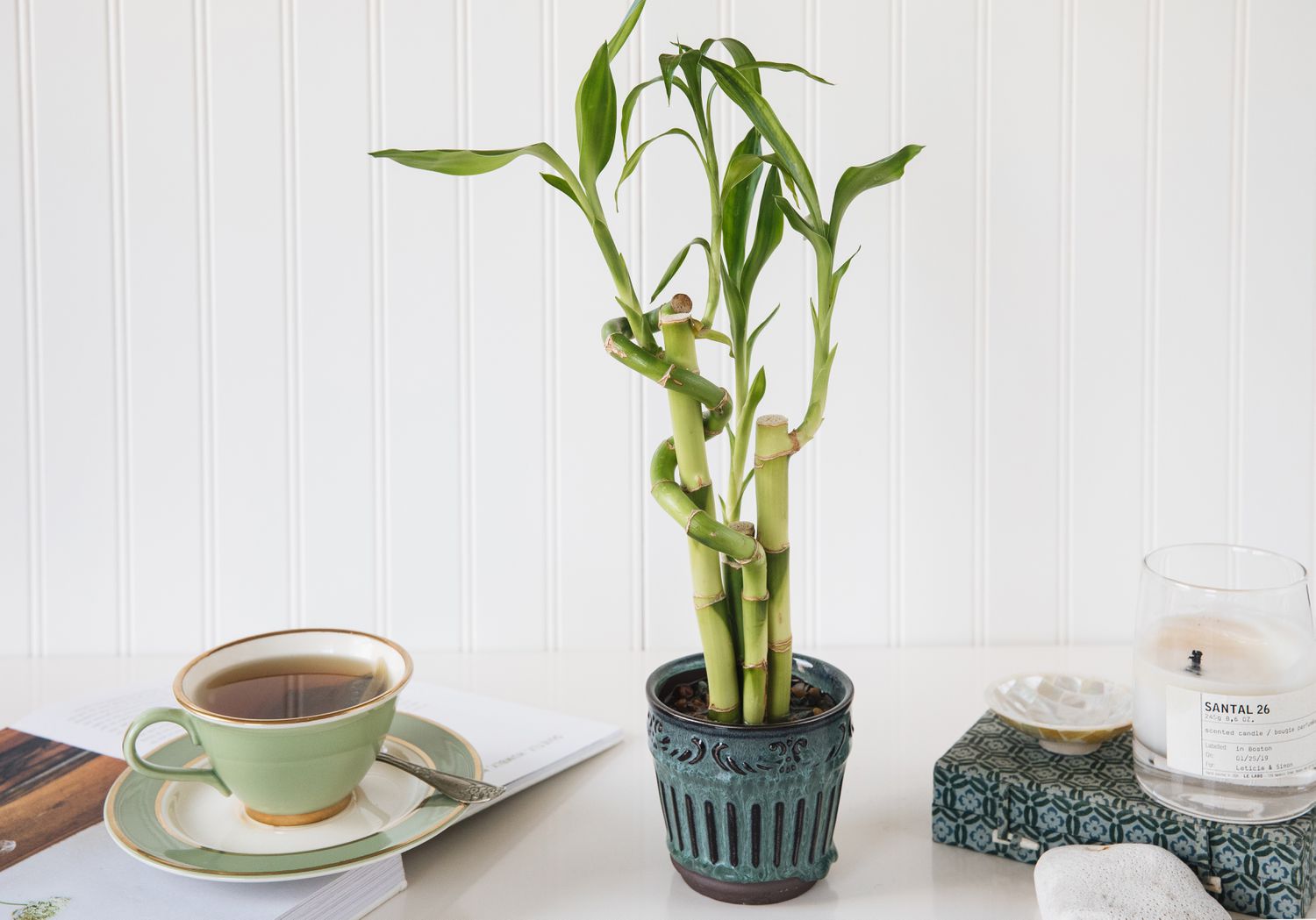
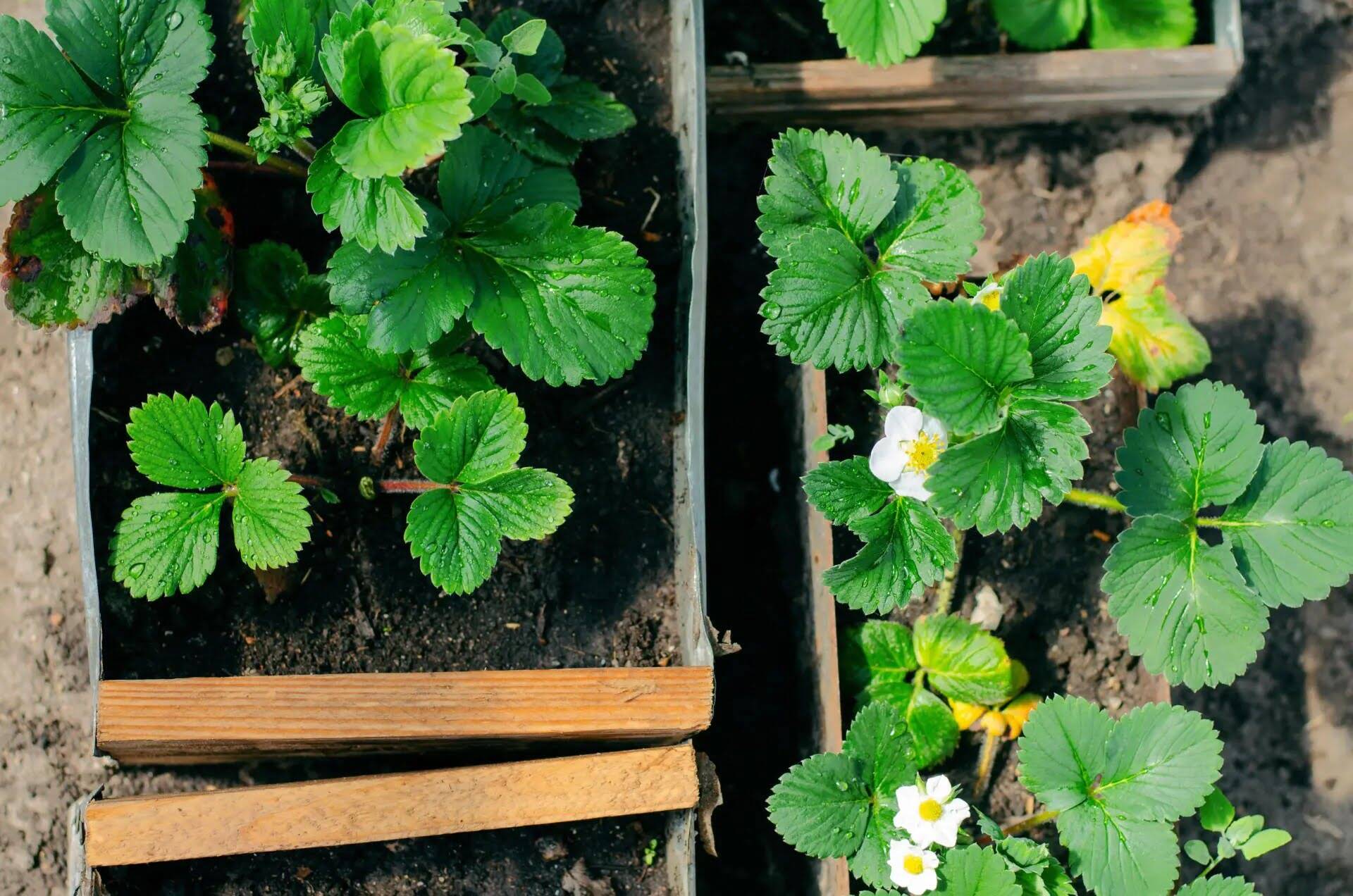
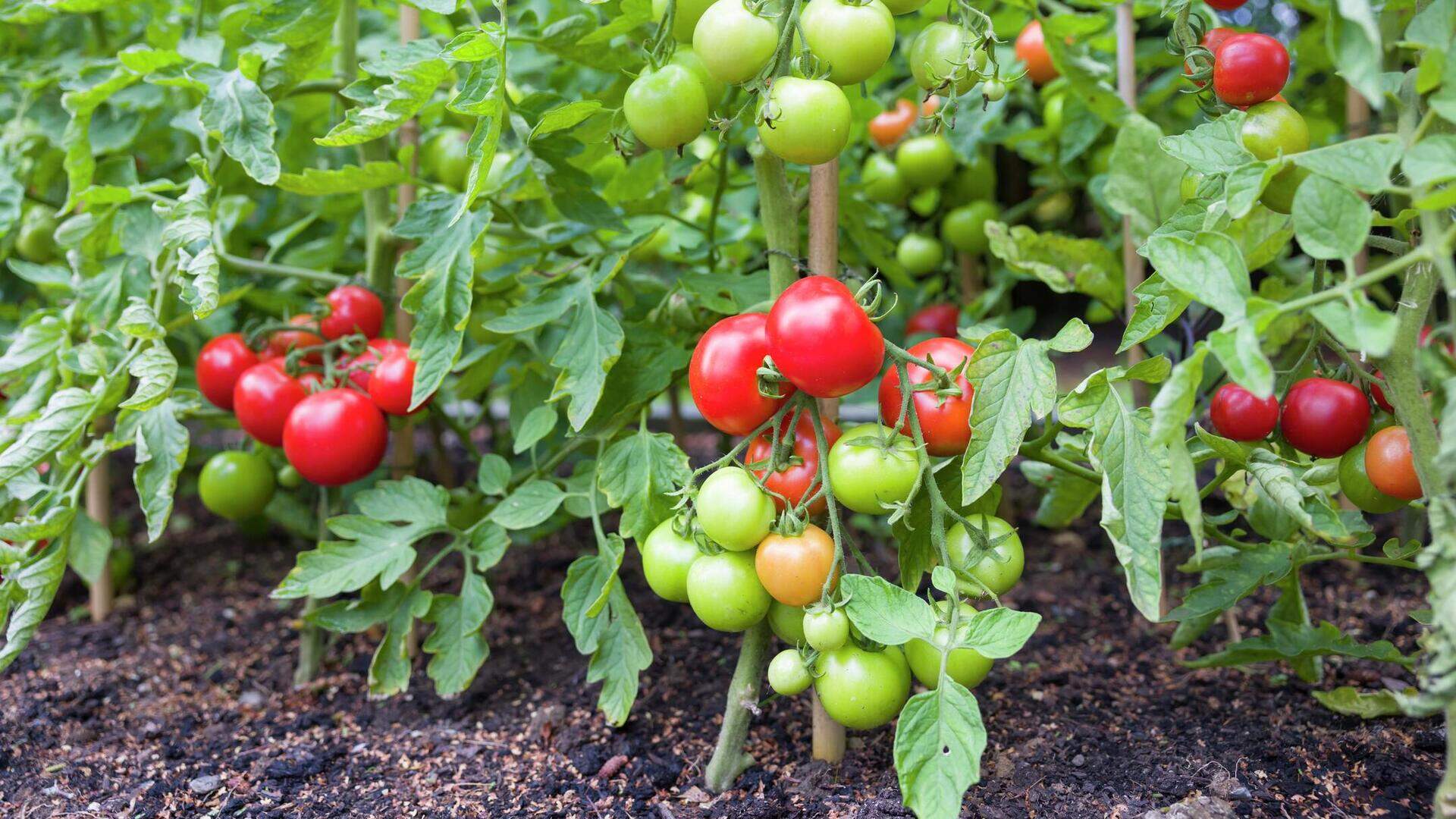

0 thoughts on “How Long Does It Take Seeds To Grow”